The elusive 20% vinegar
ksrogers
14 years ago
Related Stories
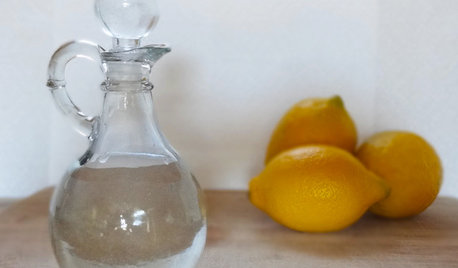
HOUSEKEEPINGVinegar and Voilà: Clean Your House the Natural Way
Ditch the commercial cleaners for nontoxic, inexpensive and versatile white vinegar
Full Story
HOUSEKEEPING20 Things You Might Be Forgetting to Spring-Clean
Clean these often-neglected areas and your house will look and feel better
Full Story
MOVINGHome-Buying Checklist: 20 Things to Consider Beyond the Inspection
Quality of life is just as important as construction quality. Learn what to look for at open houses to ensure comfort in your new home
Full Story
20 Holiday Essentials to Get You to New Year's
Sail through the holidays without a hitch by having these gifting and entertaining necessities at the ready
Full Story
KITCHEN DESIGNThe 20 Most Popular Kitchen Photos of 2015
Cabinetry sees some big changes, and color returns
Full Story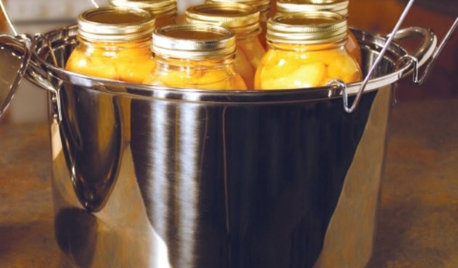
PRODUCT PICKSGuest Picks: Canning, Preserving, Steaming, Dehydrating
20 products to help make fall produce last through the season and beyond
Full Story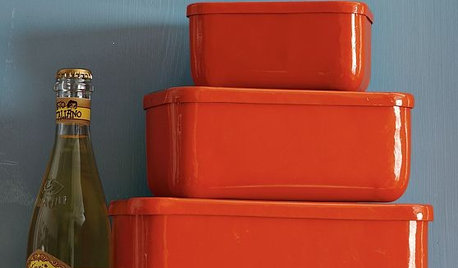
KITCHEN DESIGNGuest Picks: A Clean Start In the Kitchen
20 stylish ways to get your cooking area organized
Full Story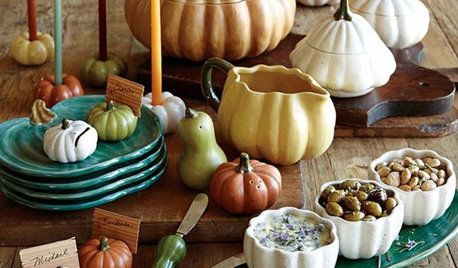
PRODUCT PICKSGuest Picks: Thanksgiving Tabletop Inspiration
20 finds make setting a festive table fun
Full Story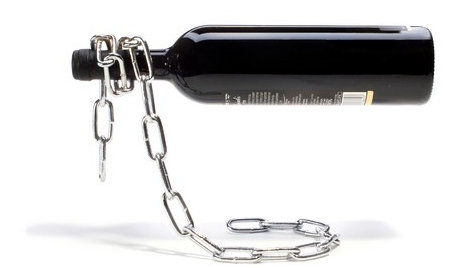
PRODUCT PICKSGuest Picks: Come to the Table
20 ways to update your tabletop for the entertaining season
Full Story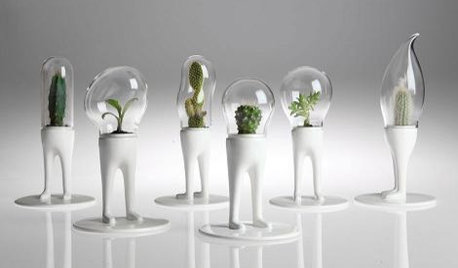
FUN HOUZZGuest Picks: Wonderfully Weird
20 oddly fun items that add uniqueness to every room in the house
Full Story





bela67
ksrogersOriginal Author
Related Professionals
Londonderry Landscape Architects & Landscape Designers · Arlington Landscape Architects & Landscape Designers · Redondo Beach Landscape Architects & Landscape Designers · Wilmington Landscape Contractors · Ellicott City Landscape Contractors · Old Saybrook Landscape Contractors · Ponte Vedra Beach Landscape Contractors · Red Oak Landscape Contractors · Round Lake Landscape Contractors · Shoreview Landscape Contractors · Siloam Springs Landscape Contractors · Uxbridge Landscape Contractors · Baltimore Roofing & Gutters · Randolph Driveway Installation & Maintenance · East Providence Driveway Installation & Maintenancebela67
melva02
ksrogersOriginal Author
ksrogersOriginal Author
busylizzy
ksrogersOriginal Author
wiringman
ksrogersOriginal Author
brendan_of_bonsai